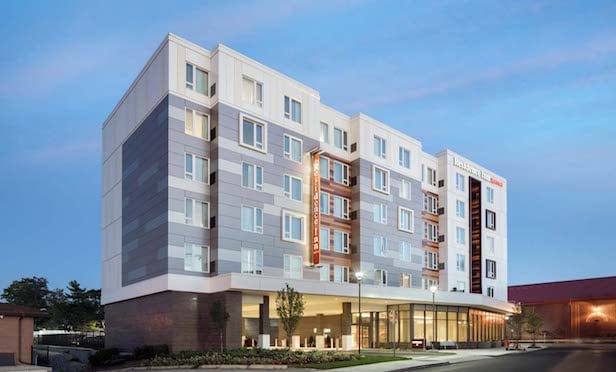MIAMI—What are the challenges of sale-leasebacks? That may depend on whom you ask. Brokers have one perspective and attorneys have another.
We caught up with Joseph M. Marger, a partner at the law firm Reed Smith, to get his perspective in part two of this exclusive interview. You can still read part one: Unlocking Trapped Real Estate Value.
GlobeSt.com: When are sale-leasebacks the right option? What factors influence this tactic?
Marger: Sale-leasebacks are great if a company has value locked up in a piece of real estate that it wants to fully monetize but needs to keep the location for it operations. Companies with a good management team and growth potential may see the value of their real estate enhanced in the sale-leaseback world since these lenders consider more factors than just “bricks and mortar” value.
GlobeSt.com: What are the challenges of sale-leasebacks?
Marger: Tenants have to be willing to cede some control over what can be done at the property without consent of the sale-leaseback finance company—but this is no different than what would happen with a mortgage loan). However, sale-leaseback finance companies tend to be long-term holders and relationship driven, so they are often more responsive to tenant needs than lenders, particularly servicers in the CMBS market. Also, the tenant needs to be willing to part with the property at the end of the term—but many tenants secure FMV repurchase options to keep ultimate control of the asset.
GlobeSt.com: Do you expect to see more or fewer sale-lease backs in 2014?
Marger: More, if corporate borrowing rates continue to move up.
© 2025 ALM Global, LLC, All Rights Reserved. Request academic re-use from www.copyright.com. All other uses, submit a request to [email protected]. For more information visit Asset & Logo Licensing.







